A New Realism
Increasingly, painters are using digital tools and computer-generated images to capture the tone and texture of reality.
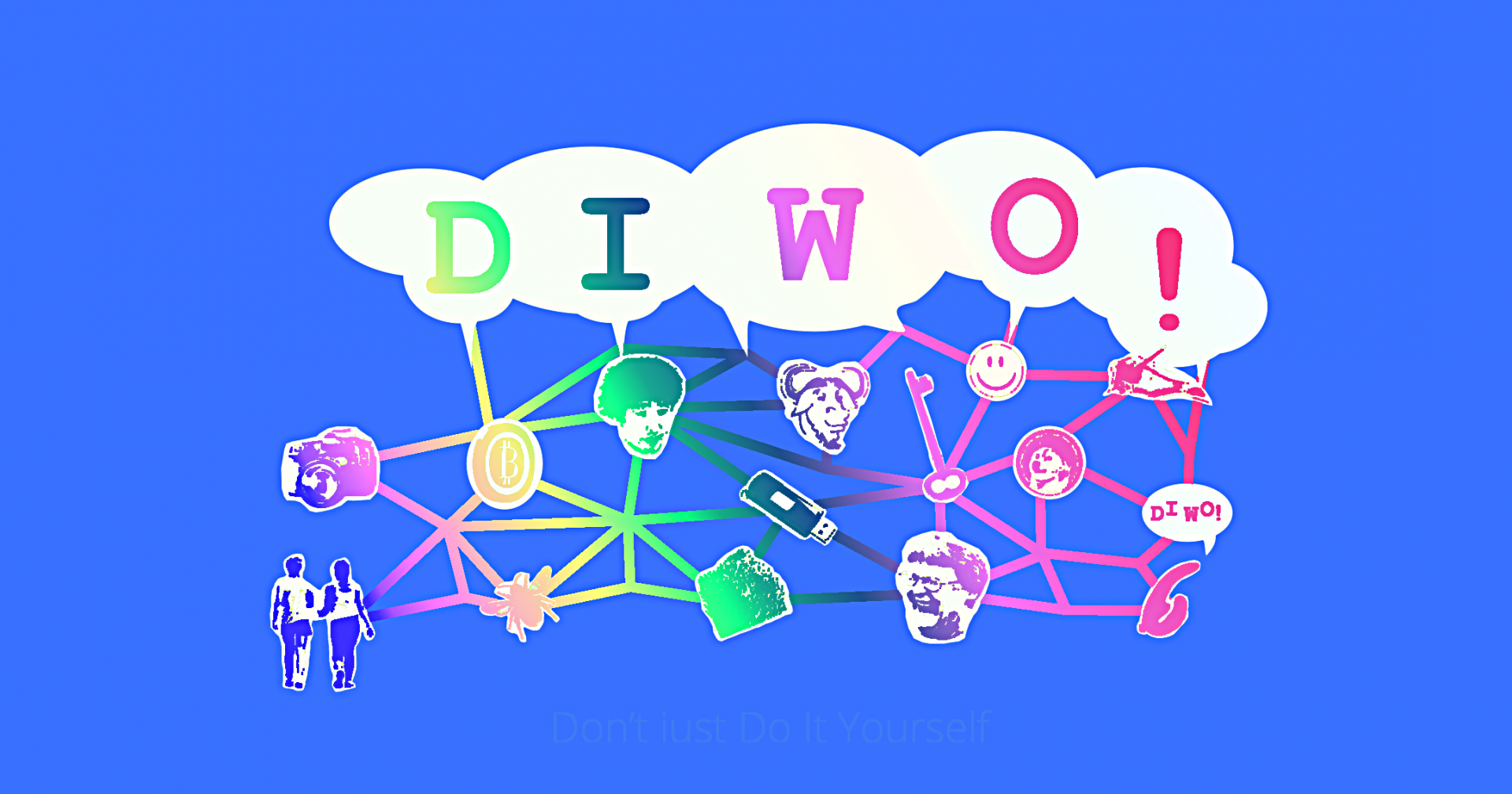
Three decades of access to a global Internet wiped a slew of business models off the map, undercutting middlemen in everything from music to hospitality. During this period of widespread disruption, art galleries and museums managed to shield themselves with a stubborn insistence on direct experience of unique physical objects. At least up until the pandemic of 2020, the prerequisites for collecting a one-of-a-kind painting from a blue-chip gallery included a plane ticket to New York or Los Angeles, a hefty chunk of disposable income, and enough leisure time to glean the artist-du-jour from the annual cycle of global art festivals. Art lovers with a museum nearby could ogle art for a cheaper fee, but museums have not exactly been immune to privilege lurking behind the scenes. Some corporate sponsors have swayed exhibition priorities; some wealthy donors have wielded an unhealthy dose of influence on which works get collected. A tiny fraction of artists, now increasingly diverse but historically dominated by white men, made it past these gatekeepers into private and public collections.
Thanks to the meteoric rise of platforms for selling and showcasing tokens for digital art works in the past year, cracks have started to show in the immunity of brick-and-mortar institutions. This occasion to look beyond outdated models toward a net-native paradigm for art workers has not been lost on Rhizome, arguably the preeminent organization devoted to new media art. Organized by Rhizome’s artistic director Michael Connor with support from the nonprofit art collection Kadist, the November 2021 conference “Speculative Values: Between the Institution and the NFT” gathered tech-savvy artists, cultural commentators, and start-up founders to ask whether new technical and economic mechanisms borne of decentralized finance might offer more democratic and less corrupt organs for nourishing the curation of twenty-first–century creativity.
The conference’s organizers shrewdly steered its conversations away from 2021’s ongoing brawl over whether artists are the beneficiaries or the marks of crypto boosters. Instead the conference asked whether traditional cultural organizations should adopt aspects of—or be replaced by—the token-powered platforms that have come to be known as DAOs, or decentralized autonomous organizations. This focus meant mixing speakers with differing agendas and dialects. The most abstract perspective came from academics on the introductory panel, with architect Keller Easterling pondering a rather cryptic distinction between a “monolithic” decentralization and a ”lumpy“ multitude. Over the course of the day, Rhea Myers, Holly Herndon, and Jason Bailey described in biographical terms how they gravitated to NFTs from prior art practices in blockchain experiments, avatar performance, and art databases, respectively. In the final panel, entrepreneurs Trevor McFedries, Priyanka Desai, and Aaron Wright extolled their platforms’ egalitarian promise in idealistic language that seemed honed to catch the ear of venture capitalists.
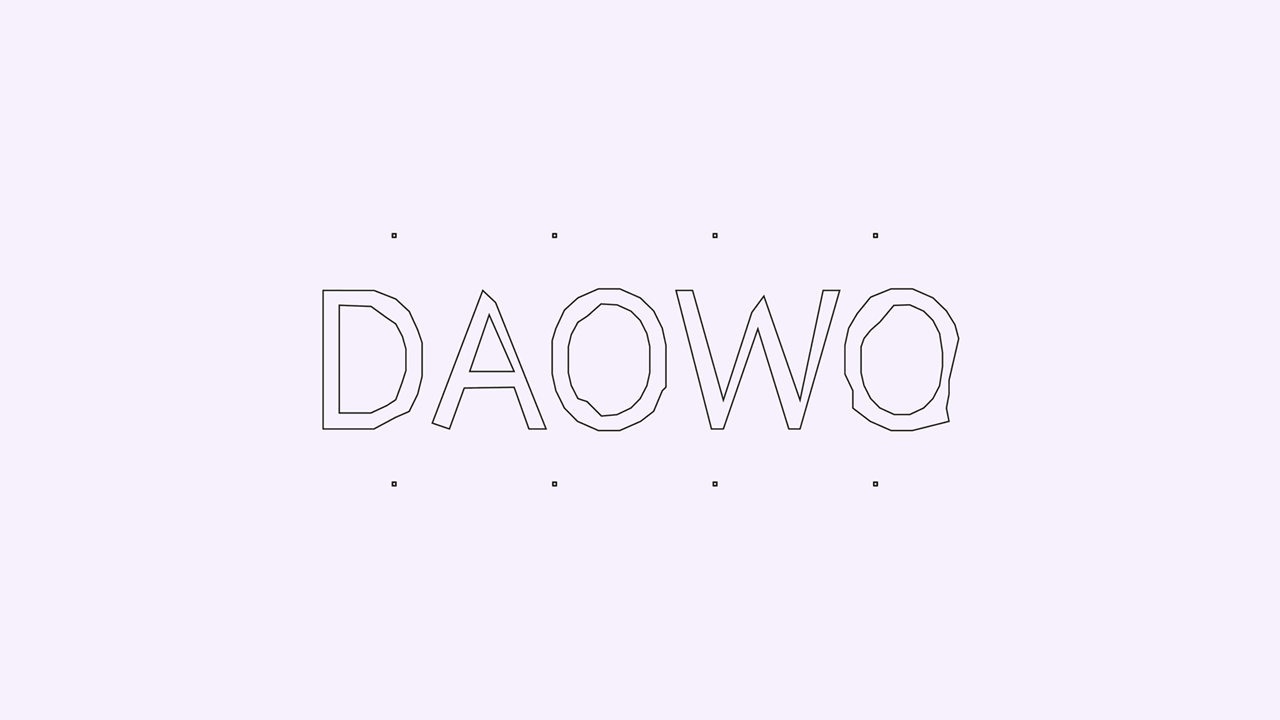
The focus on DAOs instead of NFTs nimbly side-stepped mercenary questions like how many millions a Beeple is really worth so that panelists could examine new forms of governance made possible by tokenized communities. Indeed, far more interesting than the cheesy graphics on display in most online collections is the dynamic that determines which cheesy graphics get displayed. MUSE0, a DAO from Tribute Labs, is a nonprofit NFT “museum” whose donations are voted in by artists whose works have been previously collected. The JPG (Juried Protocol Galleries) protocol, meanwhile, claims to let any user “curate” NFTs without having to buy them. As cofounder Maria Paula Fernandez explained, website visitors will be able to choose a selection of NFTs already been registered to a blockchain, and then publish tokenized IDs for this subregistry to the Etherium blockchain along with their curatorial notes. This protocol could offer an unprecedented computational map of relationships among artists and curators, answering which curators have exhibited a particular NFT in the past, or which other NFTs have been exhibited with it. (Of course, computation is better at answering metadata queries than conjuring the art historical insights that are the hallmark of human curation.)
For some, the partial conversion or utter downfall of traditional art institutions seemed inevitable. Curator Nato Thompson opined that the traditional art world was based on paintings but would eventually be overrun by gamers. His prophecy echoed a prediction by Museum of Crypto Art cofounder Colborn Bell that the legacy art world would fail to fulfill the demands of younger audiences looking for “digital and social experiences around art. . . More Meow Wolf and less Metropolitan or Gagosian.” Unfortunately, there were no representatives of traditional museums present to debate the proper stewardship of cultural heritage.
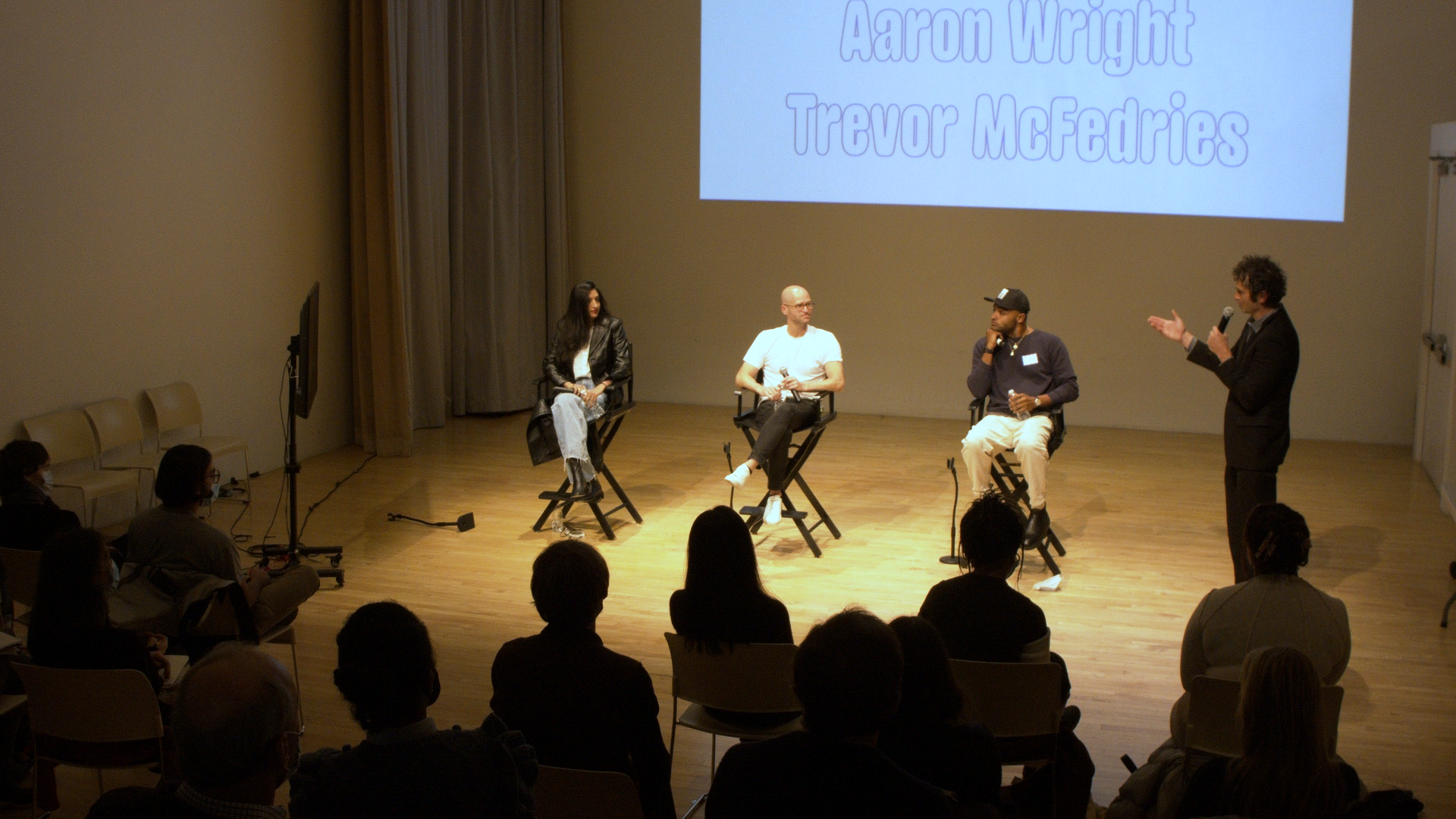
Most DAO founders seem to think theirs are the first communities whose Internet-enabled governance promises to disrupt traditional power. But old-timers hearing the revolutionary rhetoric coming from NFT artists and tech CEOs may feel themselves transported back to the dot-com boom of the turn of the millennium, when entrepreneurs like Mark Pesce spouted claptrap like “VRML is the DNA of the noosphere.” Rewinding a few decades will put the DAO revolution in perspective.
Although her “Speculative Values” contribution didn’t mention it, artist Kei Kreutler’s essay “A Prehistory of DAOs” traces community incentives based on a digital currency back to early massively multiplayer online games. In 1999 an EverQuest guild devised a private money system to reward members who participated in raids with dragon kill points they could exchange afterward for loot. The world of news aggregators, meanwhile, includes the self-policing Slashdot community, whose automated karma system has been refined since it was founded in 1997. Slashdot even released its “slashcode” for use by other communities, echoing the call for open-source protocols among present-day DAOists.
Other innovations of today’s DAOs owe a debt to the online art movement that has come to be known as net art. Even if they were later eclipsed by commercial enterprises, digital artists have been busy on the web since its inception; in 1995 8% of all websites were created by artists. Before MUSE0’s community-voted membership, there was Alexei Shulgin’s 1996 Refresh, a protocol for joining a continuous loop of refreshing webpages that only required existing members to admit you. Refresh was coordinated via an Internet Relay Chat (IRC) channel, just as DAOs are coordinated via Discord channels—except that IRC predated Discord by 27 years. Before Friends With Benefits’ gated reward community, there were the ill-fated Hell.com (1995) and Klout (2008). So far, attempts to build a DAO metaverse, as in the virtual 3D “wing” of the Museum of Crypto Art, are vestigial stumblings compared to sophisticated, programmable, twenty-year-old virtual worlds like Second Life. (Yes, Second Life still boasts almost a million dedicated users and a robust internal economy, in small part thanks to a boost during the pandemic.)
Most DAO founders seem to think theirs are the first communities whose Internet-enabled governance promises to disrupt traditional power. Rewinding a few decades will put the DAO revolution in perspective.
The insurrectionist rhetoric surrounding token-powered organizations protects them from any attachment to this history. This shouldn’t come as a shock; the cartoon cats and glossy gradients of NFT art bear little discernible attachment to the entirety of art history either. To be sure, a handful of historically conscious artists are creating NFTs with a real connection to the past, often by writing generative code to the blockchain. Nevertheless, for every NFT that reflects a thoughtful engagement with (say) Pop or generative art, NFT marketplaces offer hundreds of faux Roy Lichtensteins and Vera Molnárs “dropped” out of nowhere into the present-day cultural landscape. These crypto echos of older artworks and art platforms are not upgrades or ironic remixes—just knock-offs.
Most NFT art is apolitical as well as ahistorical. Sure, there’s a vague sense of the People’s Revolution, as though we are all in one of those Chinese communist posters marching off to a brighter future. A number of the artists in “Speculative Values” seemed willing to share, albeit uneasily, the same ideological perch as the crypto libertarians building the marketplaces where NFTs are sold. A vocal strain of crypto crusaders boasts of minting NFTs on OpenSea or buying Bitcoin like they are somehow “fighting The Man.” (A commenter in the Rhizome Discord concurrent with the conference posted an image of a dancing woman with the comment, “POV you are watching me get the bag with no institutional backing.”) When the first generation of net art was political, by contrast, it took the fight to the economic drivers of global capital, both attacking its growing commercialization (RTMark, Toywar) and offering alternatives that might provide a more utopian Internet (AgoraXchange).
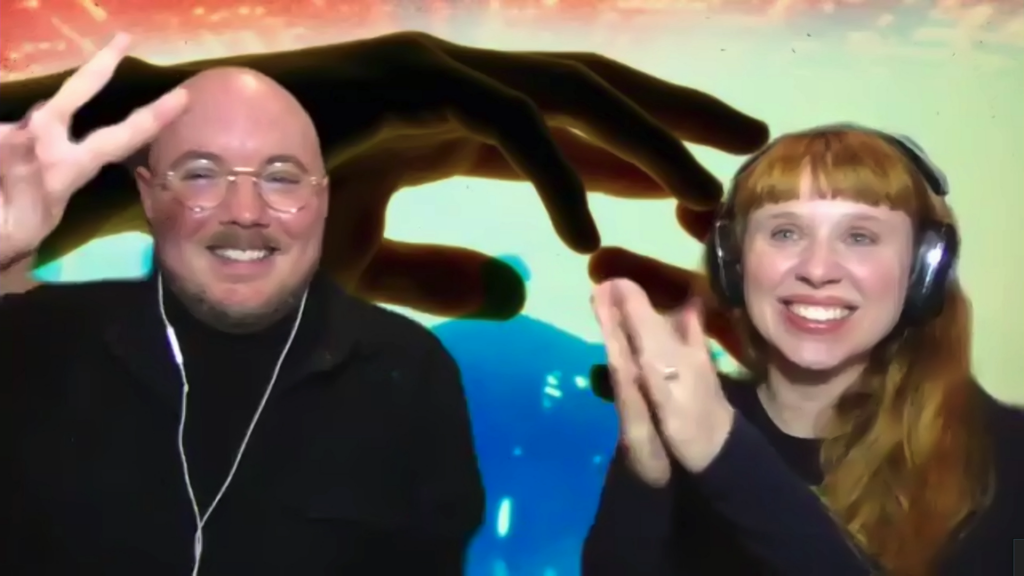
In defense, crypto enthusiasts point out that most net artists failed to pay the rent. Artist Mat Dryhurst described the pushback against making digital art into property as “cooties about actually seeing money”; for Dryhurst, the only alternative to DAOs seemed to be the “Pretendland” ad-driven model of Facebook and YouTube, which is just as commercial but whose seedy financial underpinnings aren’t visible to the lay user. Hito Steyerl, one of the more lucid speakers in the conference, pointed out that art became gamified in part because traditional institutions have failed to provide art workers with a living. Although most users will have to pay to join the gated Discord community Friends With Benefits, Trevor McFedries was proud that his DAO was successful enough to pay his employees health insurance. Rhea Myers claimed net artists needed internet access and airfares. Even Michael Connor quoted the dictum that “there is no decentralization without financialization,” which he described as a “leap of faith” necessary for accepting the web3 experiment.
Unfortunately, the act of hitching digital art to a global speculative enterprise threatens to bring that enterprise’s social and ecological flaws along for the ride. The economics of crypto art reflect a hierarchy that’s as bad as the brick-and-mortar art world, with 1% of all crypto artists earning almost half of all sales, and women artists accounting for only 5% of all sales. (And let’s remember that with the rare exception of on-chain assets, no one’s actually buying art—they’re buying the idea of buying art.) Outside of marketplaces, managing community membership with digital coins holds some promise as a governance model. However, when that currency is transferable, its price may naturally rise as a community grows, leading to “token gating”—an effect in which even well-meaning DAOs like Friends With Benefits can be priced out of reach to the average newcomer.
The defense that no one would make or preserve digital culture without a financial incentive falls apart in the face of plentiful examples to the contrary.
The defense that no one would make or preserve digital culture without a financial incentive falls apart in the face of plentiful examples to the contrary. The critical infrastructure provided by unpaid amateurs includes Wikipedia, Project Gutenberg, NASA crater location, software emulators, and countless open-source projects that underpin the Internet upon which DAOs are built. Sure, these folks need a day job to put food on the table, but so do the overwhelming majority of NFT artists. Yochai Benkler’s The Wealth of Networks (2006) cites studies demonstrating that the quality of amateur contributions often exceeds that of professionals.
Of course, Facebook, YouTube, and TikTok depend on free labor too; it’s understandable why a generation accustomed to exploitative data mining would be looking for ways to break out of the stranglehold these monopolies have on sharing ideas and creations. But we shouldn’t paint all voluntary contributions with the same brush; the goals of cooperative nonprofits are usually less mercenary than those of the social media giants. Ask Archive Team volunteers about the Internet Archive, and you’re likely to hear impassioned devotion to the cause of preserving vernacular culture. Ask Facebook users about its platform, and you could be excused for thinking they were talking about Cool Ranch Doritos, something they know they shouldn’t consume but are addicted to anyway.
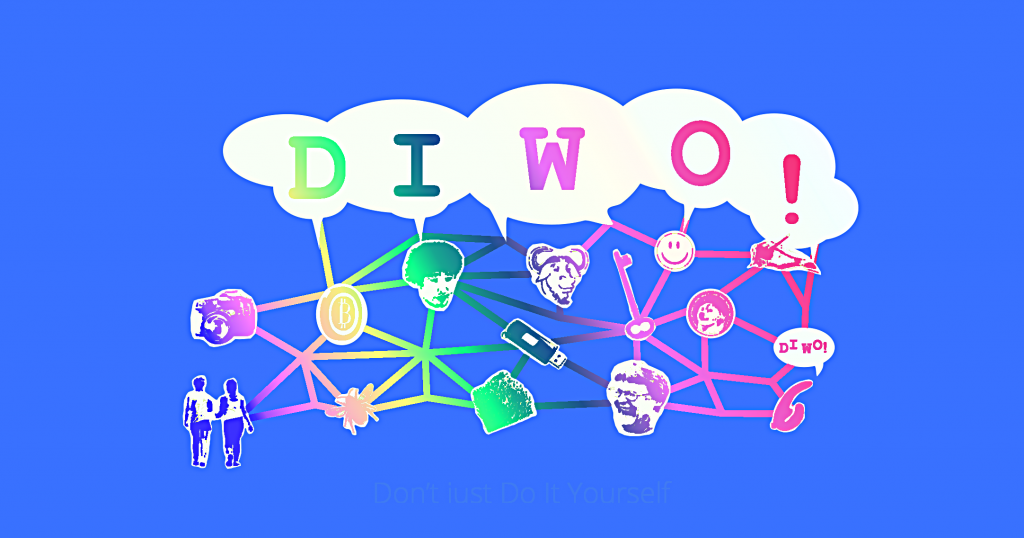
DAOs lie in the middle of this spectrum. So far most don’t feed money or data to corporate giants (hence the “autonomous” part). But except for those with independent currencies used only for governance, most directly or indirectly boost currencies owned by wealthy speculators. “Speculative Values” respondent Nathan Schneider pointed out that buyers of GameStop stonks might have trolled some hedge funds, but Occupy fed people in the streets for two months. Asking why the solution always seems to be property rather than shared resources, Steyerl remarked: “I always wonder where the hospitals are going to be, when everything is a DAO.” It’s good to recognize the failings of earlier models for supporting creators. Let’s just make sure we study those lessons carefully rather than slapping on financial incentives as a band-aid.
Given Rhizome’s important role in preserving the history of early Internet culture, notably the Net Art Anthology project, it’s disappointing how little this conference troubled the glib ahistoricism of crypto culture. Nonetheless, “Speculative Values” was a critical conversation about a hype-fueled movement that has been galloping for too long without one.
Rhizome has archived the conference video on YouTube.
Jon Ippolito is an artist and curator who directs the Digital Curation program at the University of Maine.
